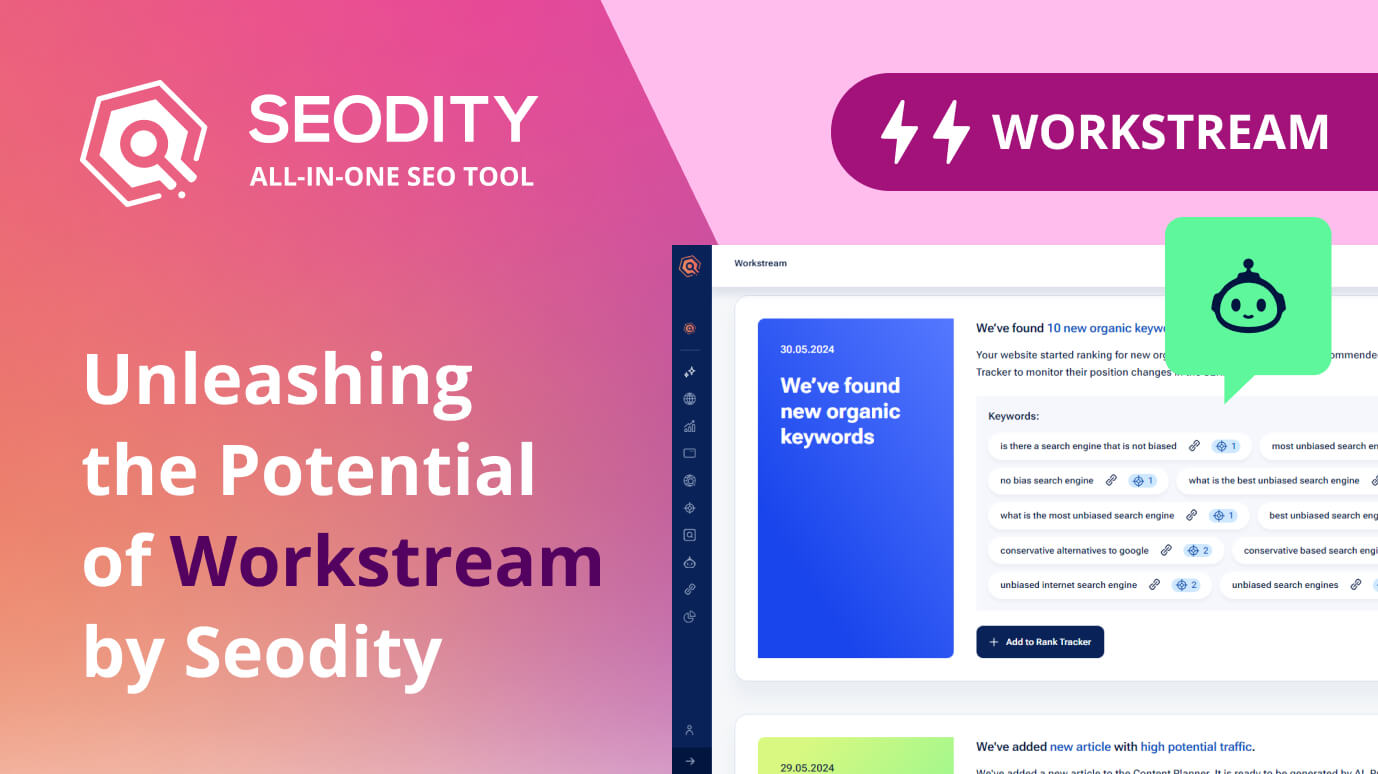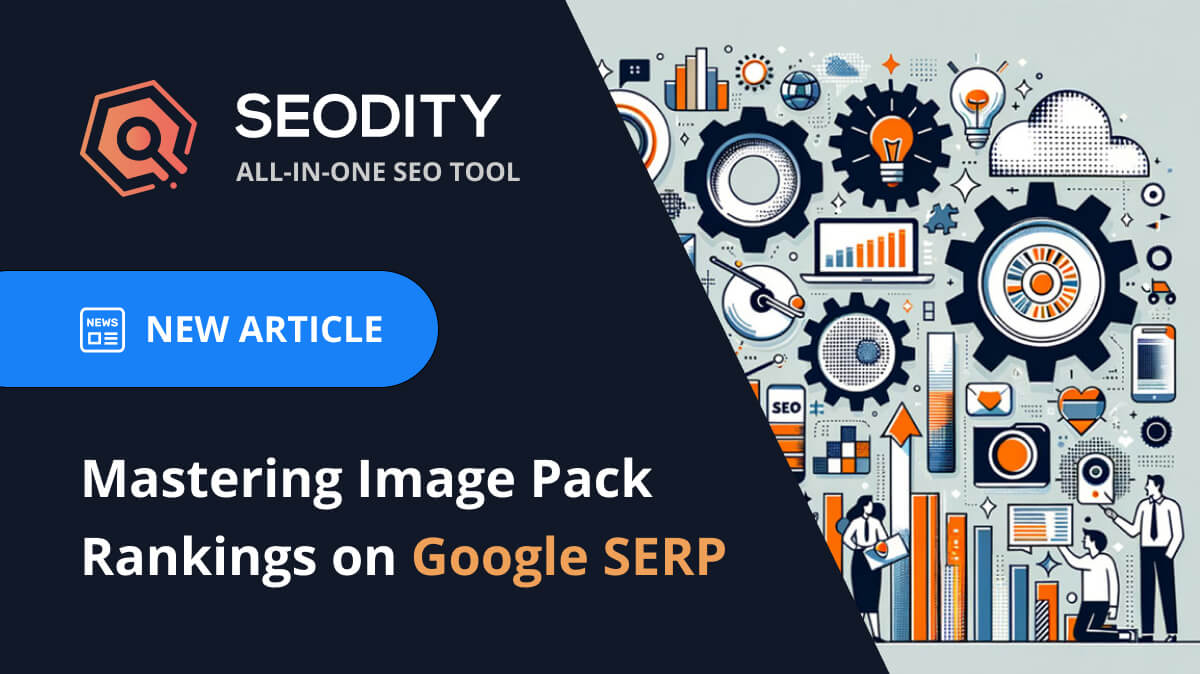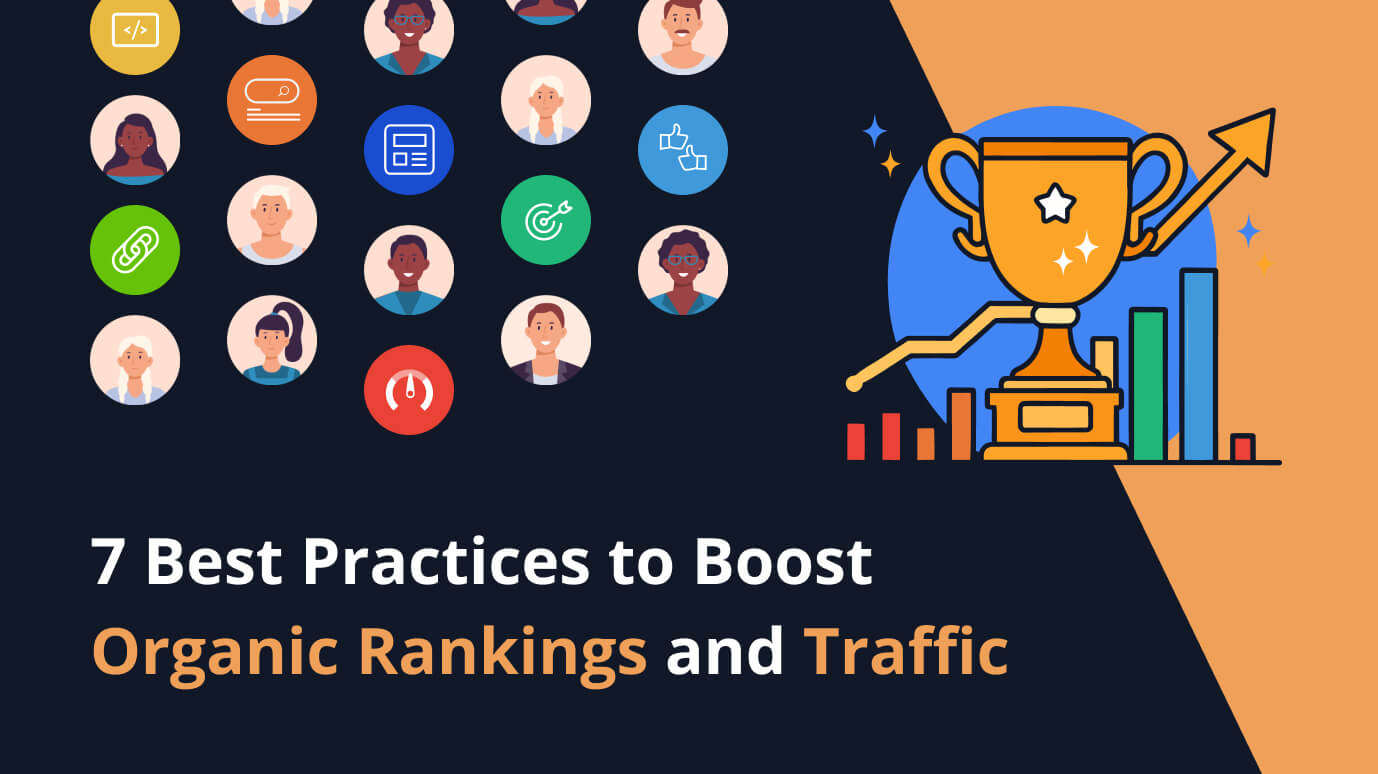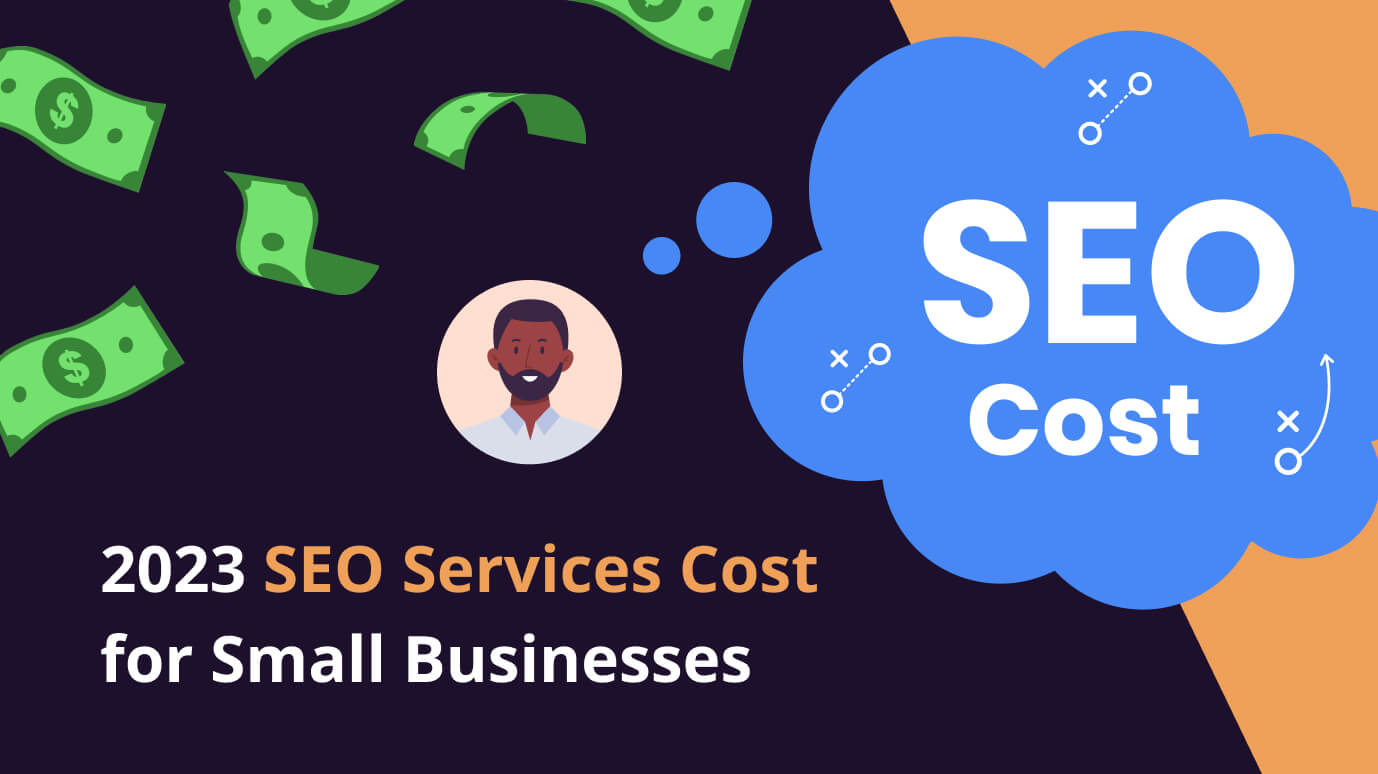
 12 min read
12 min readMastering Google Keyword Planner: The Ultimate Guide for SEO Success
Mastering Google Keyword Planner: The Ultimate Guide for SEO Success
1. Introduction
The Importance of Keyword Research
Keyword research is crucial to any successful search engine optimization (SEO) strategy. It forms the foundation of all your online marketing efforts, helping you create relevant and valuable content to your target audience. In this section, we'll explore why keyword research is so important for your website's success.
Understanding User Intent
At its core, keyword research is about understanding the needs and desires of your target audience. You can gain valuable insights into their intent by identifying their search terms for information, products, or services related to your niche. This understanding allows you to create content that addresses their needs and, in turn, improves your website's visibility in search engine results.
Informational Intent
Informational intent refers to search queries where the user seeks information or knowledge about a particular topic. These queries typically include question words like "how," "what," "why," or "when." Users with informational intent may seek quick answers, in-depth guides, tutorials, or educational resources. To cater to this intent, focus on creating high-quality, informative content that answers common questions and provides valuable insights.
Examples of informational queries:
- How to tie a tie
- What is the capital of France
- Why do cats purr
Navigational Intent
Navigational intent is when a user searches for a specific website, page, or online resource. These queries often include brand names, product names, or website URLs. While targeting navigational intent for users seeking other websites is more challenging, you can optimize your content to ensure that your brand, products, or services are easily discoverable.
Examples of navigational queries:
- Facebook login
- Amazon customer service
- YouTube trending
Transactional Intent
Transactional intent refers to search queries where the user intends to complete a purchase or engage in an online transaction. These queries often include words like "buy," "order," "discount," or "coupon." To target users with transactional intent, focus on creating content showcasing your products or services, highlighting promotions, and offering a seamless purchasing experience.
Examples of transactional queries:
- Buy iPhone 13
- Order pizza online
- Book a hotel in Paris
Commercial Investigation Intent
Commercial investigation intent is when a user researches a product or service before making a purchase decision. These queries typically include words like "review," "comparison," "best," or "top." Users with commercial investigation intent seek content that helps them compare options and make informed choices. Create content that offers unbiased reviews, comparisons, and expert recommendations to address this intent.
Examples of commercial investigation queries:
- Best running shoes
- iPhone 13 vs Samsung Galaxy S21
- Top SEO tools
You can check more about Search Intent here -> https://docs.seodity.com/basics/search-intent
Driving Targeted Traffic
Targeted traffic is the lifeblood of any online business. Keyword research helps you identify the specific search terms your potential customers are using, ensuring that your content is visible to the right audience. Optimizing your website for these keywords can attract more qualified leads, increase conversions, and ultimately grow your revenue.
Staying Competitive
In today's digital landscape, competition is fierce. To stay ahead, you need to understand the search terms your competitors are targeting and devise a strategy to outrank them. Keyword research provides insights to identify growth opportunities and create a more effective SEO strategy.
Informing Content Strategy
A well-rounded content strategy relies on deeply understanding the topics and search terms that resonate with your target audience. Keyword research helps you uncover the most valuable content ideas and ensures that your content addresses the questions and concerns of your potential customers. This enhances the user experience and positions you as an authority in your niche.
Optimizing ROI on SEO Efforts
Effective keyword research enables you to prioritize your SEO efforts, focusing on the search terms that offer the highest potential return on investment (ROI). By targeting the right keywords, you can maximize the impact of your SEO campaigns and ensure that your resources are allocated efficiently.
Google Keyword Planner: A Powerful Tool for SEO
Google Keyword Planner is a powerful and widely-used tool for conducting keyword research and formulating effective SEO strategies. Integrated within Google Ads, it provides invaluable insights into search volume, competition levels, and keyword suggestions, helping you identify the most valuable keywords for your niche.
2. Getting Started with Google Keyword Planner
Setting Up a Google Ads Account (Formerly Google Adwords)
Before you can access and utilize the Google Keyword Planner, you must set up a Google Ads account. This process is straightforward and requires only a few simple steps. In this section, we will guide you through the process of creating a Google Ads account, which will grant you access to the Google Keyword Planner and its powerful SEO features.
Creating a Google Account
You must create a Google account if you don't already have one. Visit the Google Account creation page and follow the prompts to set up your account, including providing your name, email address, and a secure password.

Signing Up for Google Ads
Once you have a Google account, navigate to the Google Ads homepage and click the "Start now" button. You will be prompted to sign in with your Google account credentials.
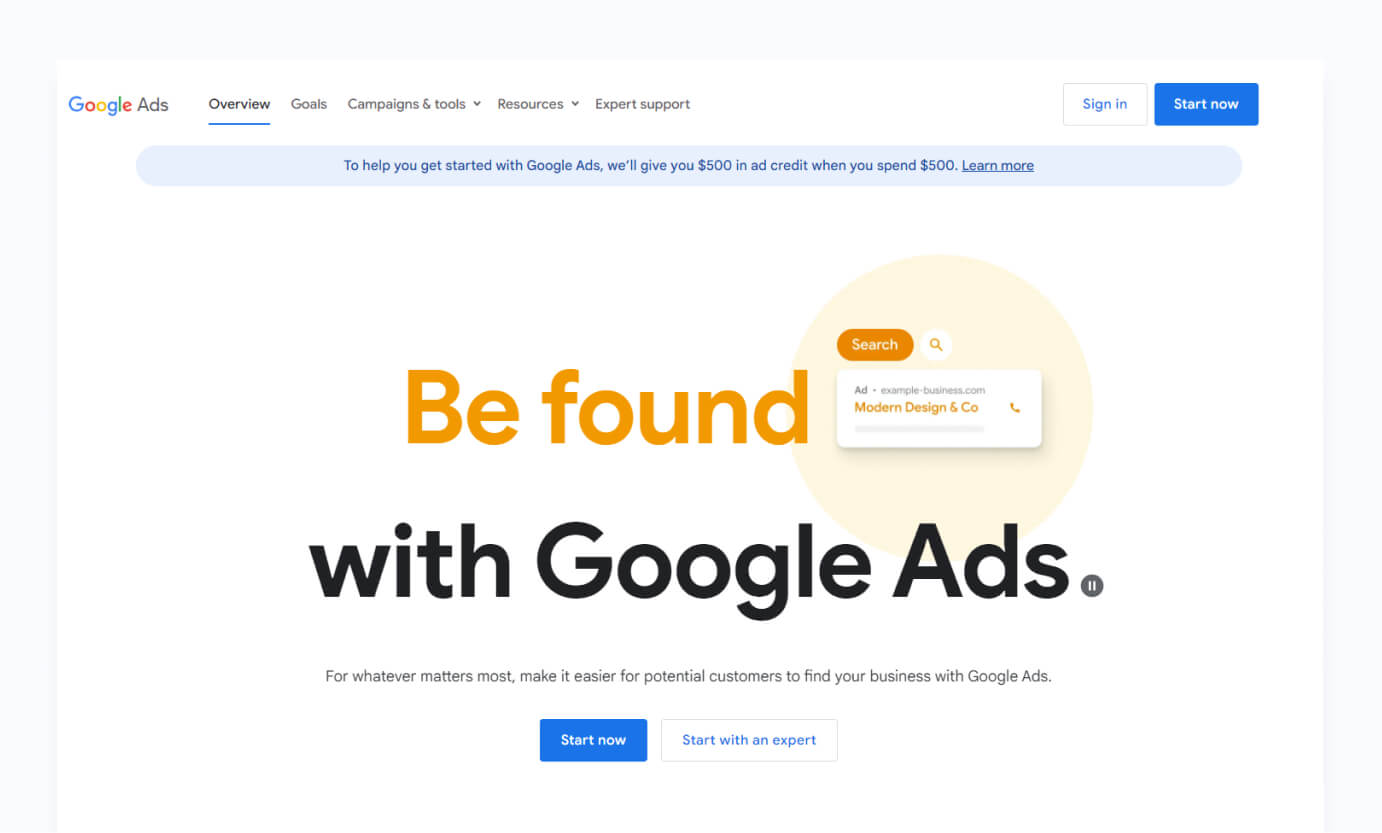
Configuring Your Google Ads Account
After signing in, you will be guided through a series of steps to configure your Google Ads account. Although it's unnecessary to launch an ad campaign to access the Keyword Planner, you must complete the setup process. This includes:
- Selecting your main advertising goal (you can choose any goal, as it won't impact your access to the Keyword Planner).
- Choosing your business location and time zone.
- Setting your daily budget and bid strategy (you can set a minimal budget and adjust it later if you decide to run ads).
- Creating a simple ad campaign (again, this won't impact your access to the Keyword Planner, and you can pause the campaign immediately after creation if you don't wish to run ads).
Accessing Google Keyword Planner
With your Google Ads account set up, you can now access the Google Keyword Planner. To do so, sign in to your Google Ads account, click on the "Tools & Settings" icon (the wrench icon) in the top right corner, and select "Keyword Planner" from the "Planning" section. This will take you to the main dashboard of the Google Keyword Planner, where you can begin your keyword research journey.
3. Understanding the Google Keyword Planner Interface
Navigating the Dashboard
Once you have accessed the Google Keyword Planner, you will be presented with its main dashboard. This dashboard is the central hub for all your keyword research activities, and understanding how to navigate it is essential for making the most of the tool. This section will explore the key elements of the Google Keyword Planner dashboard and how to use them effectively.
Overview of Dashboard Features
The Google Keyword Planner dashboard is divided into two primary sections: "Discover new keywords" and "Get search volume and forecasts." Each section serves a distinct purpose in your keyword research process:
- Discover new keywords: This section allows you to generate keyword ideas based on seed keywords, phrases, or URLs. You can enter one or more seed keywords or a competitor's URL to generate a list of relevant keyword suggestions.
- Get search volume and forecasts: This section provides historical search volume data and performance forecasts for a list of keywords. By entering your target keywords, you can view valuable insights such as average monthly searches, competition level, and suggested bids.
Using the 'Discover new keywords' Section
Click on the "Discover new keywords" section to start generating keyword ideas. You can enter one or more seed keywords, phrases, or a competitor's URL in the provided input field. After entering your seed keywords or URL, click the "Get results" button. The tool will generate a list of keyword ideas and important metrics such as search volume, competition, and suggested bids.
Using the 'Get search volume and forecasts' Section
To analyze search volume and performance forecasts for your target keywords, click on the "Get search volume and forecasts" section. Enter your list of keywords, either by typing them in manually or uploading a CSV file. Click the "Get started" button to view your keywords' historical search volume data and performance forecasts.
Key Metrics and Terminology
Once you have generated keyword ideas or search volume data, you will be presented with a table containing several key metrics:
- Keyword: The suggested keyword or search term.
- Average monthly searches: The average number of searches per month for the keyword over the past 12 months.
- Competition: The level of competition for the keyword, represented as low, medium, or high.
- Top of page bid (low range): The lower range of what advertisers have historically paid for a keyword's top-of-page bid per click.
- Top of page bid (high range): The higher range of what advertisers have historically paid for a keyword's top-of-page bid per click.
4. Conducting Effective Keyword Research
Entering Your Seed Keywords
Seed keywords, or primary or core keywords, are the foundation of your keyword research process. The basic terms or phrases related to your niche, products, or services help you generate a list of related keyword suggestions using the Google Keyword Planner. To enter your seed keywords, access the Google Keyword Planner dashboard, click on the "Discover new keywords" section, and type your seed keywords in the input field, separating each keyword or phrase with a comma. You can also enter a competitor's URL to generate keyword ideas based on their content.
Using Filters to Refine Your Search
Google Keyword Planner offers a range of filters that allow you to refine your keyword search results, ensuring you find the most relevant and valuable keywords for your needs. Some of the available filters include:
- Keyword text: Filter results by including or excluding specific words or phrases.
- Location: Narrow your search to focus on specific geographical areas.
- Language: Filter results by the language of the search query.
- Search volume: Set minimum and maximum search volume thresholds to find keywords within a specific range.
- Competition: Filter results based on the level of competition (low, medium, or high).
To apply filters, click on the "Filter" button in the "Discover new keywords" section of the dashboard and select the desired filters. This will help you focus on the keywords that are most relevant to your target audience and marketing goals.
Analyzing Keyword Ideas
Effective keyword analysis involves evaluating several key factors to identify the best opportunities for optimizing your content and achieving SEO success.
Relevance
Ensure that the keyword is closely related to your niche, products, or services and accurately reflects the content you will create. Targeting irrelevant keywords can lead to low engagement, high bounce rates, and poor user experience, ultimately harming your search engine rankings.
Search Volume
Look for keywords with a high search volume, indicating a higher level of interest from your target audience. High search volume keywords can potentially drive more traffic to your website. However, balancing search volume with other factors, such as competition and keyword difficulty, is important to ensure you're targeting achievable and valuable opportunities.
Assessing Organic Competition
Evaluating the organic competition for each keyword is crucial when conducting keyword research for SEO. You can better understand the organic competition by using third-party tools such as Seodity, Moz, Ahrefs, or SEMrush. These tools can provide valuable information on the organic ranking potential of a keyword, including keyword difficulty, SERP analysis, and content quality.
Keyword Difficulty
Keyword difficulty is a score that indicates how challenging it is to rank for a specific keyword organically, taking into account factors such as the authority and backlink profiles of ranking pages. A higher difficulty score suggests that ranking for a keyword may be more challenging, while a lower score indicates a potentially easier ranking opportunity. Choose keywords with a difficulty score that aligns with your website's current authority and resources.
Long-tail Keywords
Long-tail keywords are longer, more specific phrases that typically have lower search volume but higher conversion rates. They are often less competitive, making them easier to rank organically. Targeting long-tail keywords can help you attract a more targeted audience with higher intent, resulting in better engagement and conversions. How to target better long-tail keywords?
Seasonal Trends
Consider any seasonal trends or fluctuations in search volume when analyzing keyword ideas. Some keywords may have higher search volume during specific times of the year, such as holidays or seasonal events. Targeting these keywords strategically can help you capitalize on increased search interest during peak periods.
Commercial Intent
Evaluate the keyword's commercial intent, which refers to the likelihood that a user searching for the term is ready to make a purchase or take a desired action. High commercial intent keywords can drive more qualified leads and conversions, making them valuable targets for your SEO strategy.
You can check more about Intent here -> https://docs.seodity.com/basics/search-intent
5. Monitoring and Adjusting Your Keyword Strategy
Tracking Keyword Performance
Leverage SEO tools to track and monitor your keyword performance effectively. Some popular SEO tools that offer keyword tracking features include:
1. Google Search Console: This free tool from Google provides valuable insights into your website's search performance, including your organic search rankings, CTR, and impressions for specific keywords.
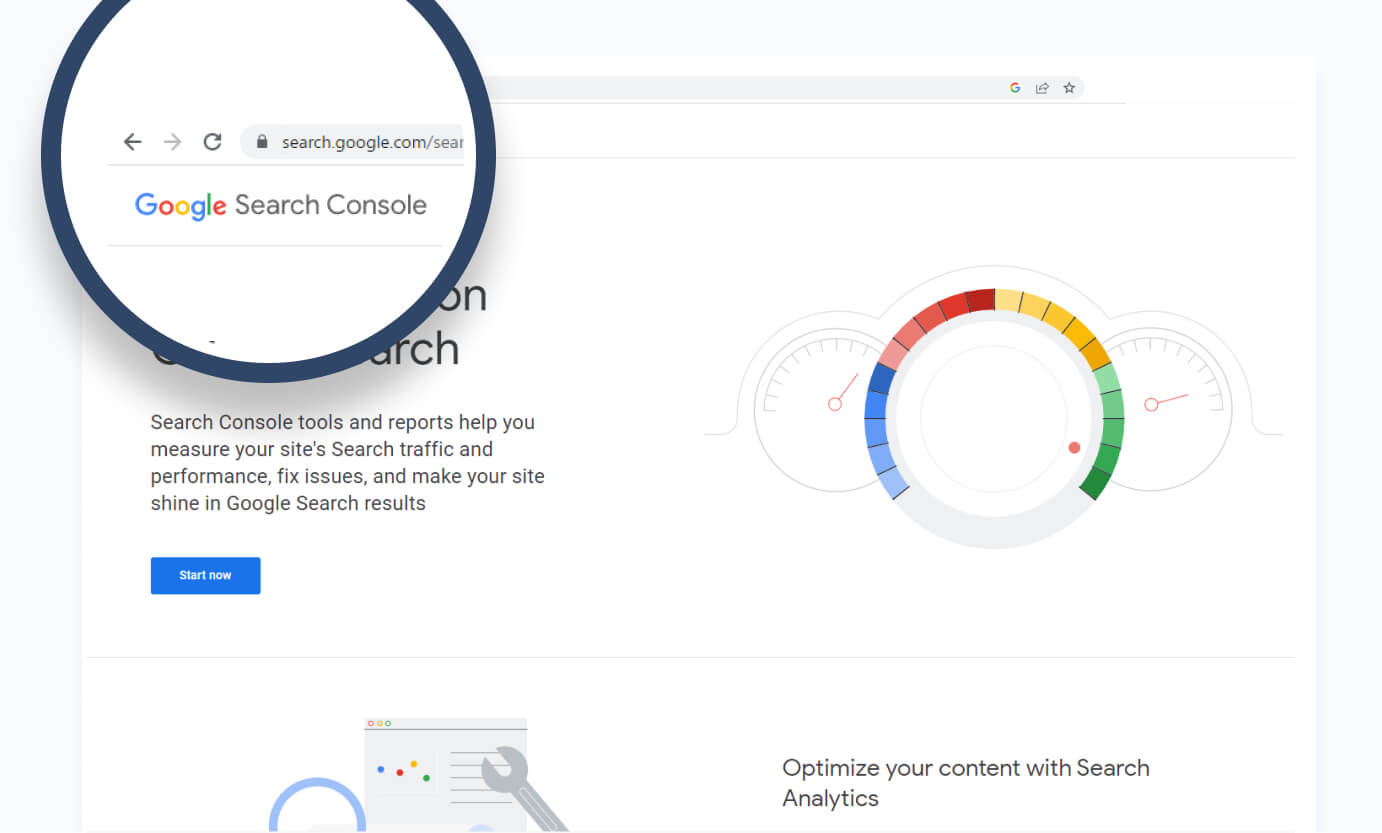
2. Ahrefs: A comprehensive SEO tool that tracks keyword rankings, analyzes backlink profiles, and monitors organic traffic over time.
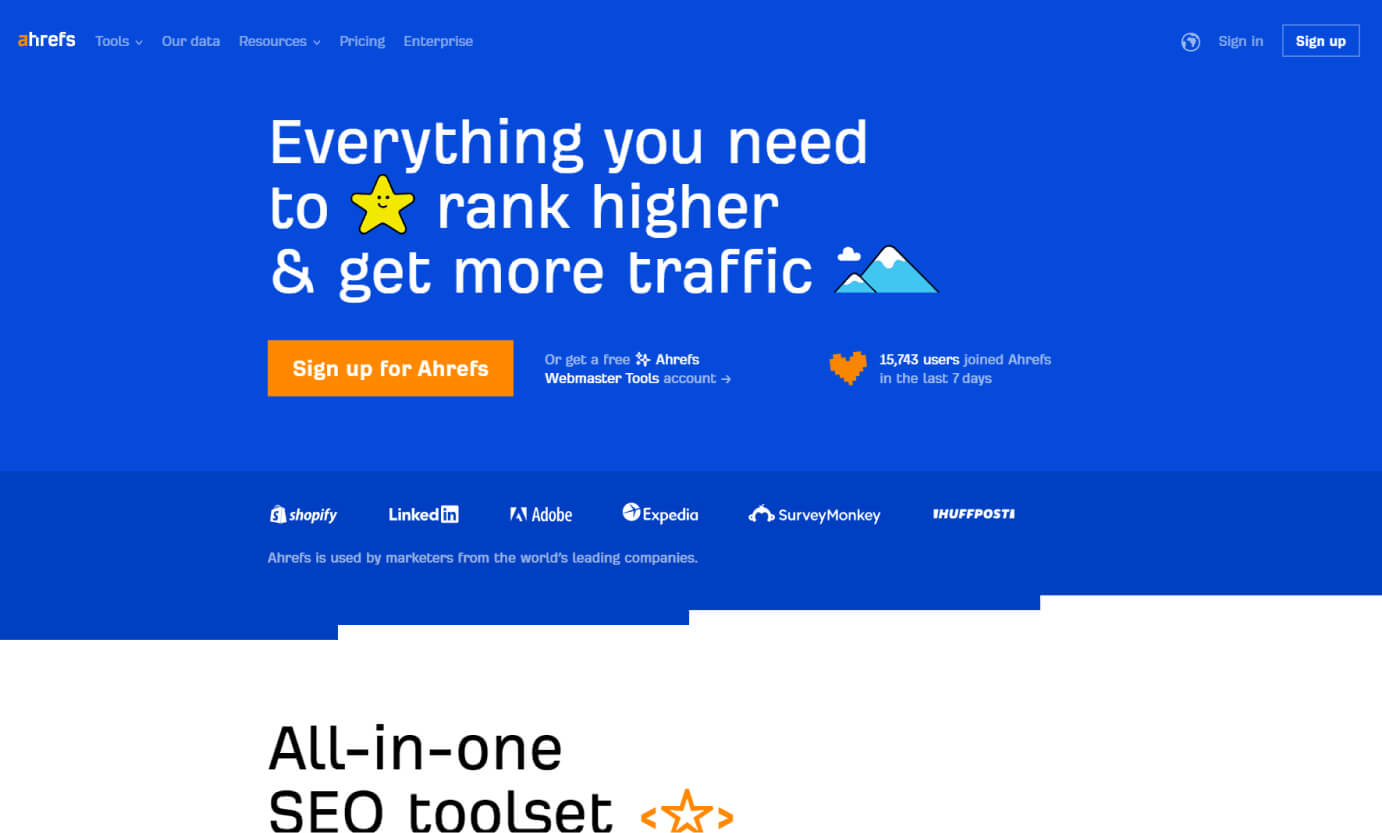
3. SEMrush: Another all-in-one SEO tool that offers keyword tracking, competitor analysis, and detailed SERP insights to help you optimize your keyword targeting efforts.
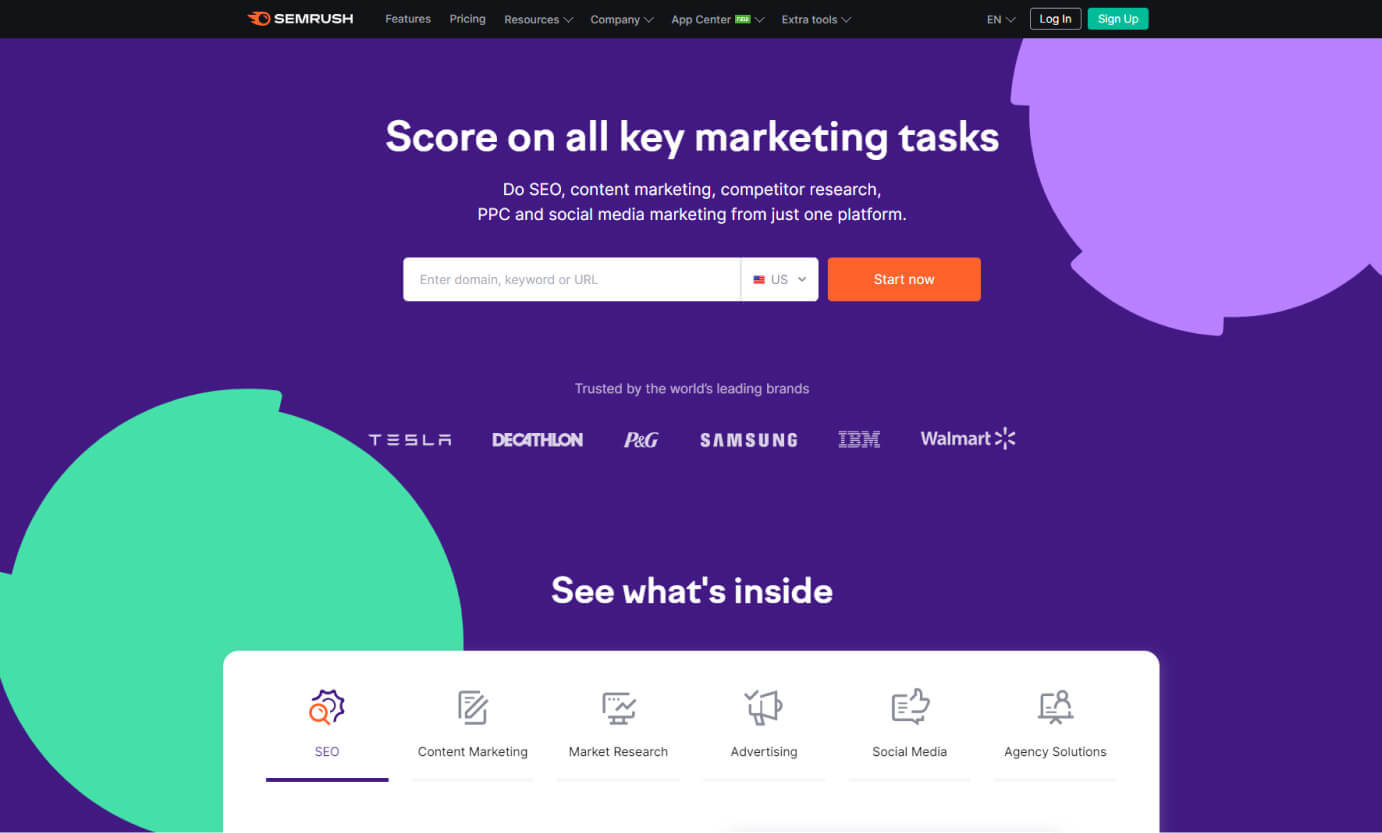
4. Seodity: An all-in-one SEO tool that provides a wide range of features, including keyword tracking, on-page SEO analysis, and competitor research, to help you track and optimize your keyword performance.

Frequently Asked Questions (FAQs)
1. Is Google Keyword Planner free to use?
Yes, Google Keyword Planner is free to use. However, you must have a Google Ads account to access the tool. Although it's designed primarily for Google Ads campaigns, you can still use it for SEO keyword research without running any ads.
2. How accurate is Google Keyword Planner's search volume data?
Google Keyword Planner provides reasonably accurate search volume data, as it is sourced directly from Google's search engine. However, the search volume data may be presented as ranges rather than exact numbers, especially for users who are not running active Google Ads campaigns. For more precise search volume data, consider using third-party SEO tools like Ahrefs or SEMrush.
3. Can I use Google Keyword Planner for non-Google search engines?
Google Keyword Planner is designed specifically for Google search data, so its insights may not be entirely applicable to other search engines like Bing or Yahoo. However, since Google dominates the search engine market, the data from Google Keyword Planner can still be useful for understanding general keyword trends and user behavior, which may also be relevant to other search engines.
4. What are some alternative keyword research tools?
Several alternative keyword research tools are available, including free and paid options. Some popular alternatives include:
Ahrefs: A comprehensive SEO tool with a powerful keyword research feature that provides search volume data, keyword difficulty scores, and more.

SEMrush: Another all-in-one SEO tool offering keyword research, competitor analysis, and SERP insights.

Seodity: An all-in-one SEO tool that provides many features, including keyword tracking, on-page SEO analysis, and competitor research.

Moz Keyword Explorer: A feature within Moz's suite of SEO tools that offers keyword research capabilities, including search volume data and keyword difficulty scoring.

SE Ranking: A comprehensive SEO platform with keyword research, website audit, backlink monitoring, and competitor analysis features.

5. How often should I update my keyword strategy?
It's essential to regularly update your keyword strategy to stay competitive and adapt to changes in search trends and user behavior. Consider reviewing and updating your keyword strategy at least once every few months or more frequently if you notice significant shifts in your industry or target market. Monitoring search trends and performance data can help you identify when it's time to revisit your keyword strategy and make adjustments as needed.

Marcin is co-founder of Seodity
.svg)


